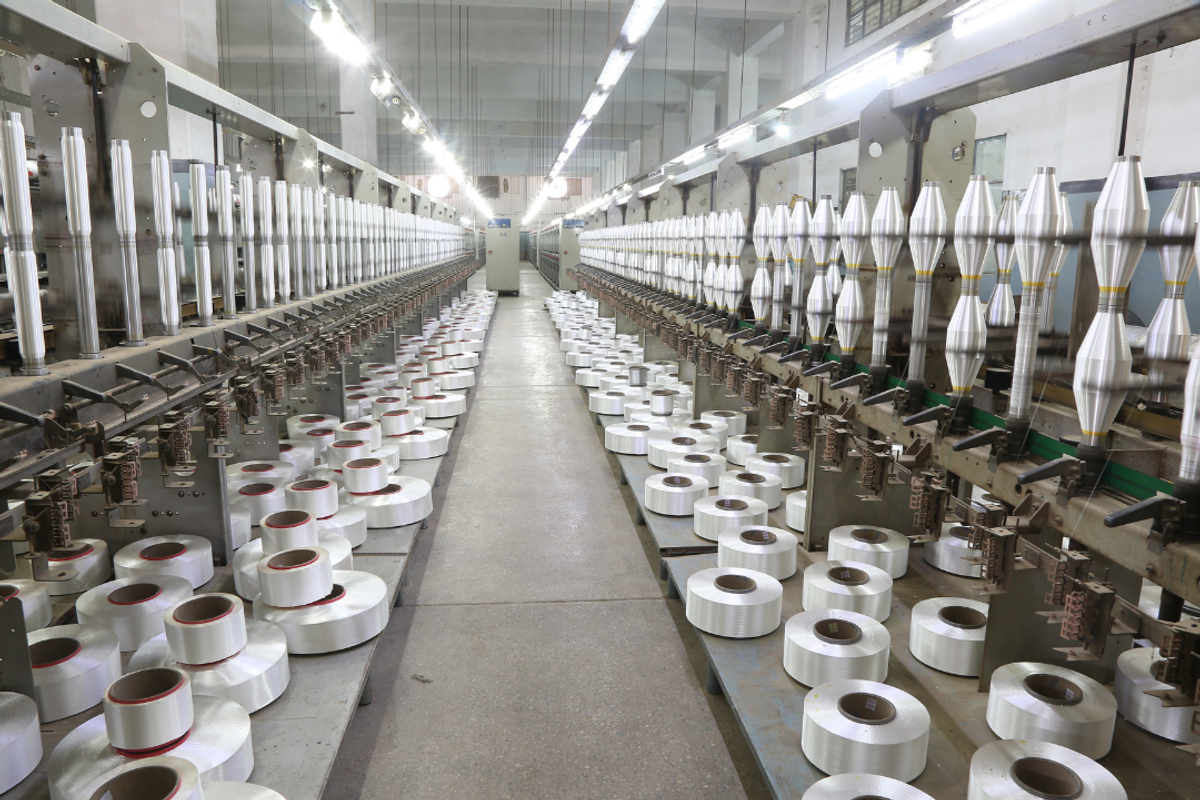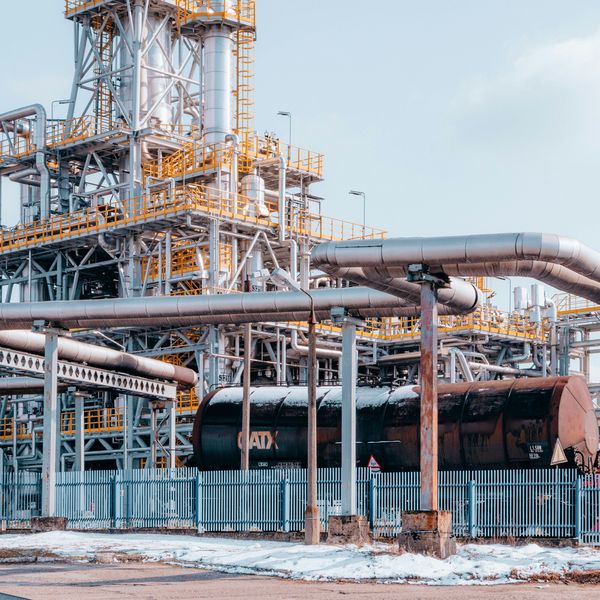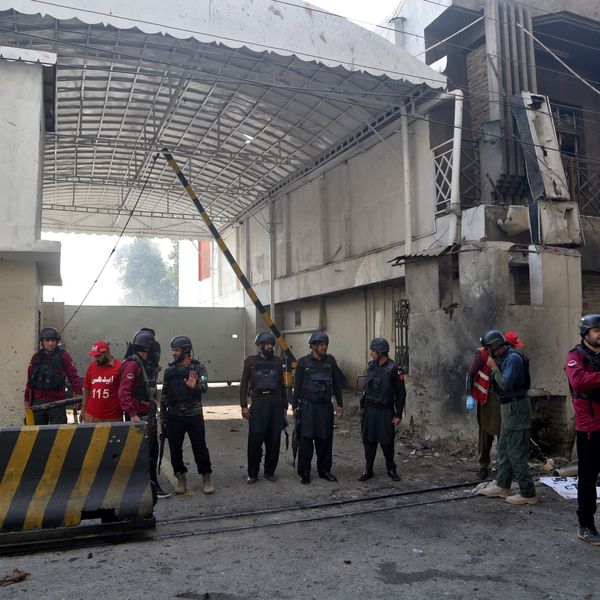Despite lower tariffs, Pakistan's competitive edge narrows: report
Pakistan secures relief in revised trade deal, but parity with Vietnam and Bangladesh limits strategic gains
Business Desk
The Business Desk tracks economic trends, market movements, and business developments, offering analysis of both local and global financial news.

The United States has announced revised reciprocal tariffs for its trading partners, with Pakistan set to face a 19% tariff on its exports to the U.S., down from the earlier proposed 29% rate.
The announcement brings mixed implications for Pakistan. While the reduction in duties is a relief, the country’s relative position versus regional peers like Vietnam and Bangladesh has now narrowed, leaving Pakistan without a meaningful competitive edge.
“This revision is a partial win,” said Topline Securities in a note to investors. “The reduction to 19% from 29% lowers the immediate tariff burden, but as peers like Vietnam and Bangladesh also saw steep reductions, now standing at 20%, Pakistan’s comparative position has not materially improved. The deal is, therefore, largely neutral.”
Trade talks and concessions
Pakistan’s negotiation team, led by Finance Minister Muhammad Aurangzeb, held multiple in-person and virtual meetings with U.S. counterparts over the past several months. The efforts culminated in the 10 percentage-point reduction, which was finalized just ahead of the U.S.-imposed deadline of August 1.
As part of the broader trade package, Pakistan has agreed to roll back a 5% tax previously imposed on online purchases from foreign vendors. On the U.S. side, President Donald Trump’s official social media account noted that the U.S. would assist Pakistan in developing strategic oil reserves.
Textile sector: neutral outcome
Textiles, which account for 75-80% of Pakistan’s U.S.-bound exports, are expected to be most impacted by the tariff changes. However, the country’s long-standing tariff advantage over peers like Bangladesh and Vietnam has eroded with this new framework.
“Earlier, Pakistan enjoyed an 8-17ppt edge over competitors. Now, with Vietnam and Bangladesh also seeing substantial reductions, the differential has dropped to just 1ppt,” noted Topline Securities.
Pakistan’s textile sector competes with China, Vietnam, Cambodia, Bangladesh, and India. While China’s revised tariffs have not yet been finalized, they will likely play a key role in determining the final competitive landscape.
“The onus now shifts to local companies,” Topline added. “Firms will need to double down on R&D, energy efficiency, and product innovation to protect and grow their U.S. market share.”
Listed companies with notable U.S. market exposure include: Interloop Limited, Feroze1888 Mills, Kohinoor Textile, Nishat Mills, Gul Ahmed, Service Global Footwear, Matco Foods, Fast Cables, International Steels, International Industries, DG Khan Cement, Power Cement, Mitchell’s Fruit Farms, and Pak Elektron (PAEL).
The upcoming offshore bidding round in Pakistan, closing in October, could see renewed interest from U.S. firms, though official confirmation remains pending. The extent to which the trade deal reshapes Pakistan’s export trajectory will also depend heavily on U.S.-China tariff outcomes and the competitive response from local manufacturers.
“Pakistan has retained parity, not preference,” concluded Topline Securities. “That makes this a stability-focused deal rather than a strategic leap forward.”










Comments
See what people are discussing